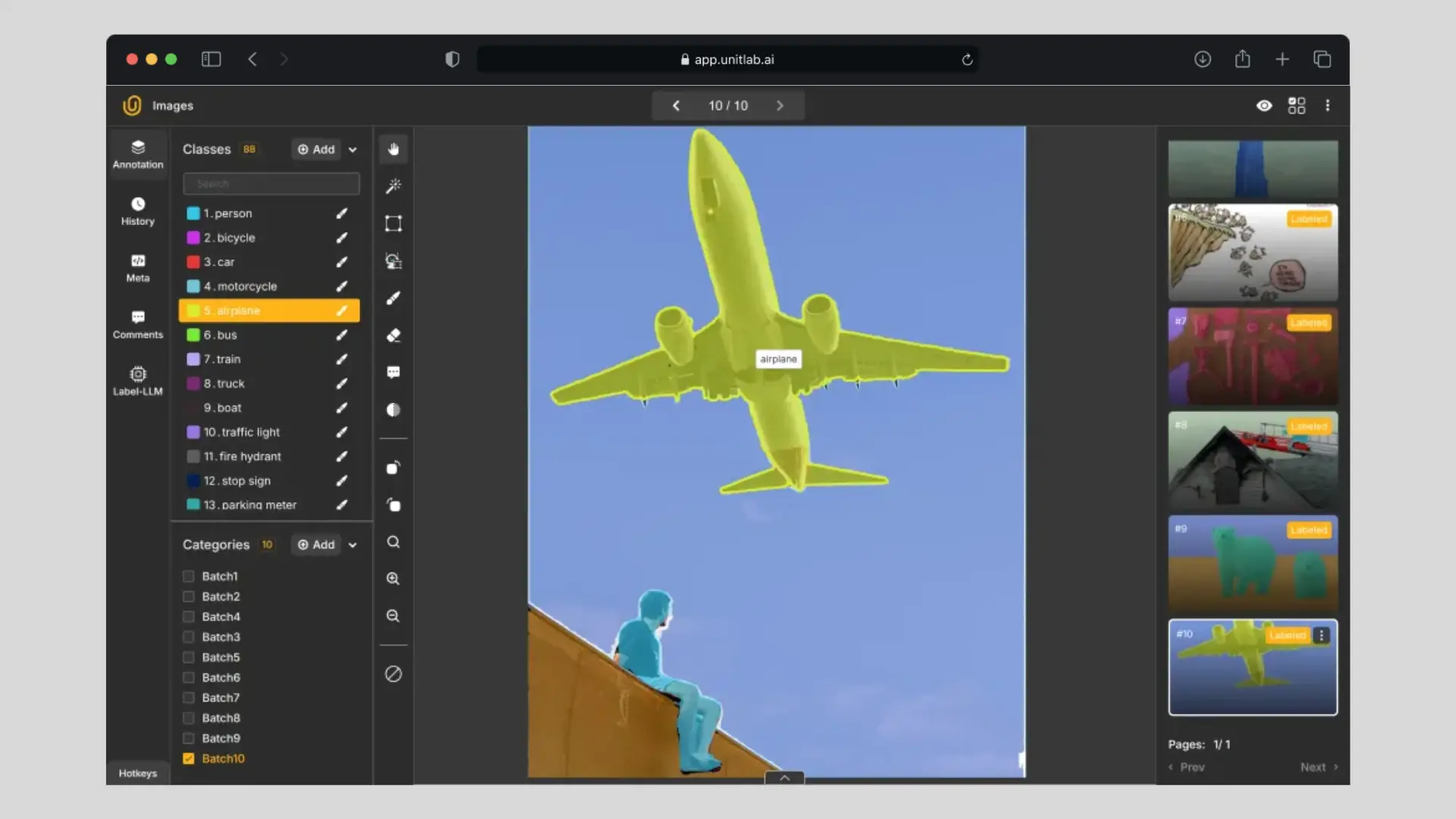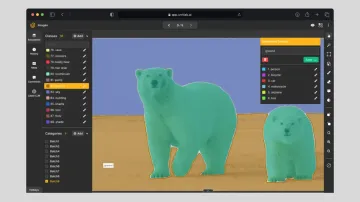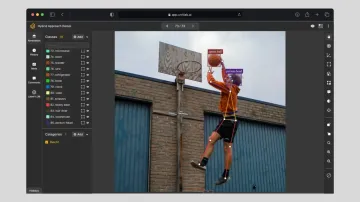Most people became aware of AI's power and presence in everyday life when OpenAI released GPT-3.5 to the public in December 2022. Within just five days, ChatGPT reached one million users, and within a month, it had 100 million sign-ups. For many, this was the first real glimpse of what AI could do. That moment fundamentally changed the world, sparking unprecedented opportunities and new ethical debates. The fierce debates around AI, its trajectory, and our future continue to evolve.
Of course, the roots of the AI boom go back decades, beginning with the Dartmouth Workshop in 1956, where IBM scientists like Claude Shannon laid the foundation. Since then, AI has traveled a long and rugged path toward human-like models like GPT-3.5 and GPT o1. Decades, lives, and billions have been spent on AI. Over time, however, the one constant in this journey has been the need for high-quality data for supervised learning.
In this post, we explore the forces behind the rise of data annotation platforms and their importance in the modern AI landscape.
Why Data?
AI/ML models require data—large volumes of it—to be trained effectively. Regardless of the type of AI you're building—whether it's a general-purpose LLM, a generative AI tool, or a narrow AI model—you must feed it substantial, relevant data before deployment. The broader the model's intended capabilities, the more data it needs.
Take GPT-3.5 as an example. Its training began with approximately 45 terabytes of raw text, later filtered down to 570 GB. Newer LLMs and agents consume even more tokens and training data.
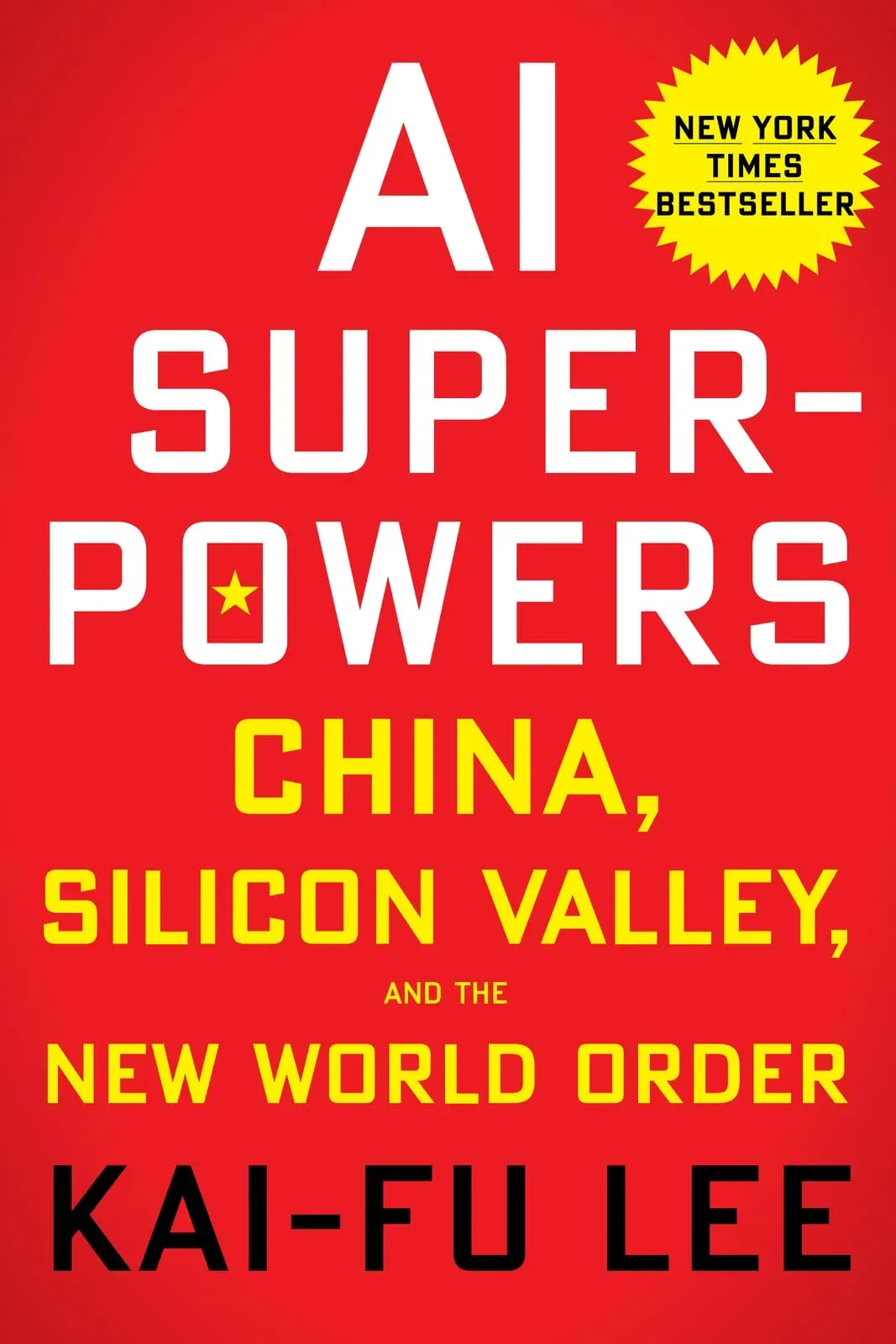
Even narrow AI models benefit from large datasets. In AI Superpowers, Kai-Fu Lee emphasizes the three pillars of competitive AI development: advanced machine learning algorithms, immense computational power, and large datasets. Since algorithms are largely open-source and computing power is increasingly accessible, data becomes the key differentiator.
But not all data is equal. The oft-repeated phrase "data is the new oil" has been around since 2006, yet it's misleading without nuance. For AI/ML, raw data isn't inherently valuable—processed data is. That makes data annotation (the process of labeling data) essential to unlocking the potential of training data.
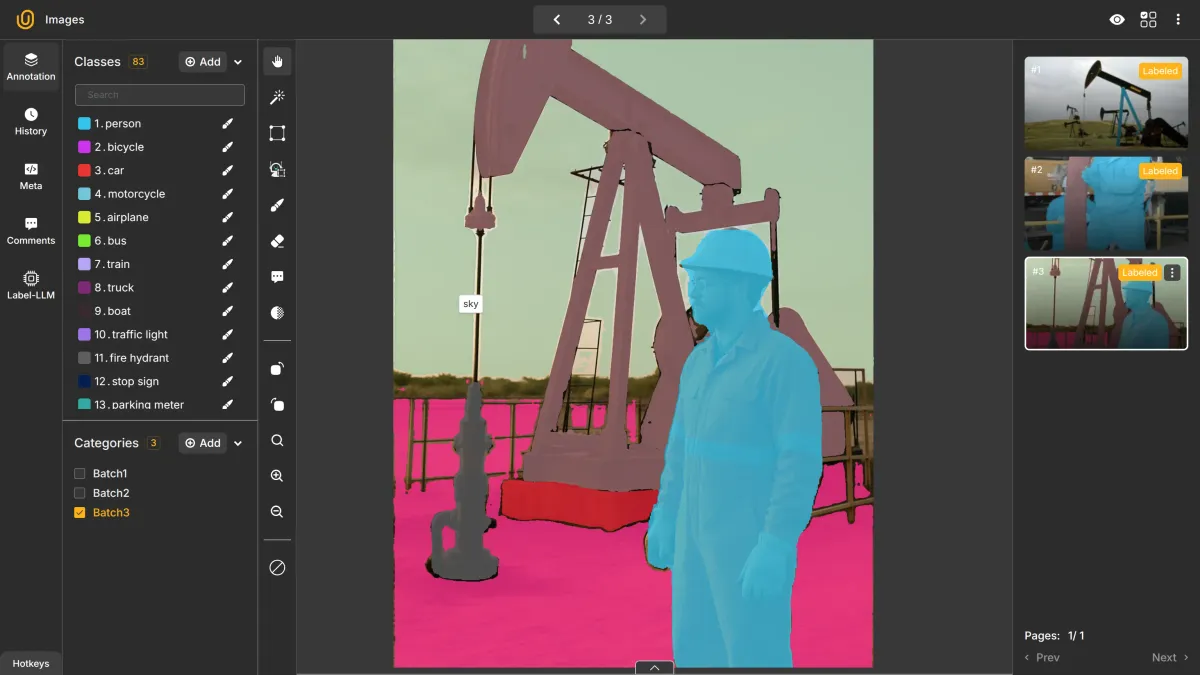
Processed Data is the New Oil | Unitlab Annotate
In short, the rise of AI and the growing demand for well-structured, high-quality data have driven the rise of data annotation platforms. Let's explore how.
What is Data Annotation?
Data annotation is the process of labeling data—tagging objects in images, identifying entities in text, or classifying audio clips—so machine learning models can learn from them. The exact type of annotation depends on the data format: visual, textual, or audio.
In computer vision, this could involve drawing bounding boxes around cars or placing keypoints on facial features. In natural language processing (NLP), it might involve classifying question types or detecting sentiment in a sentence. These labels serve as ground truth for supervised learning. In other words, AI/ML models learn from this annotated dataset.
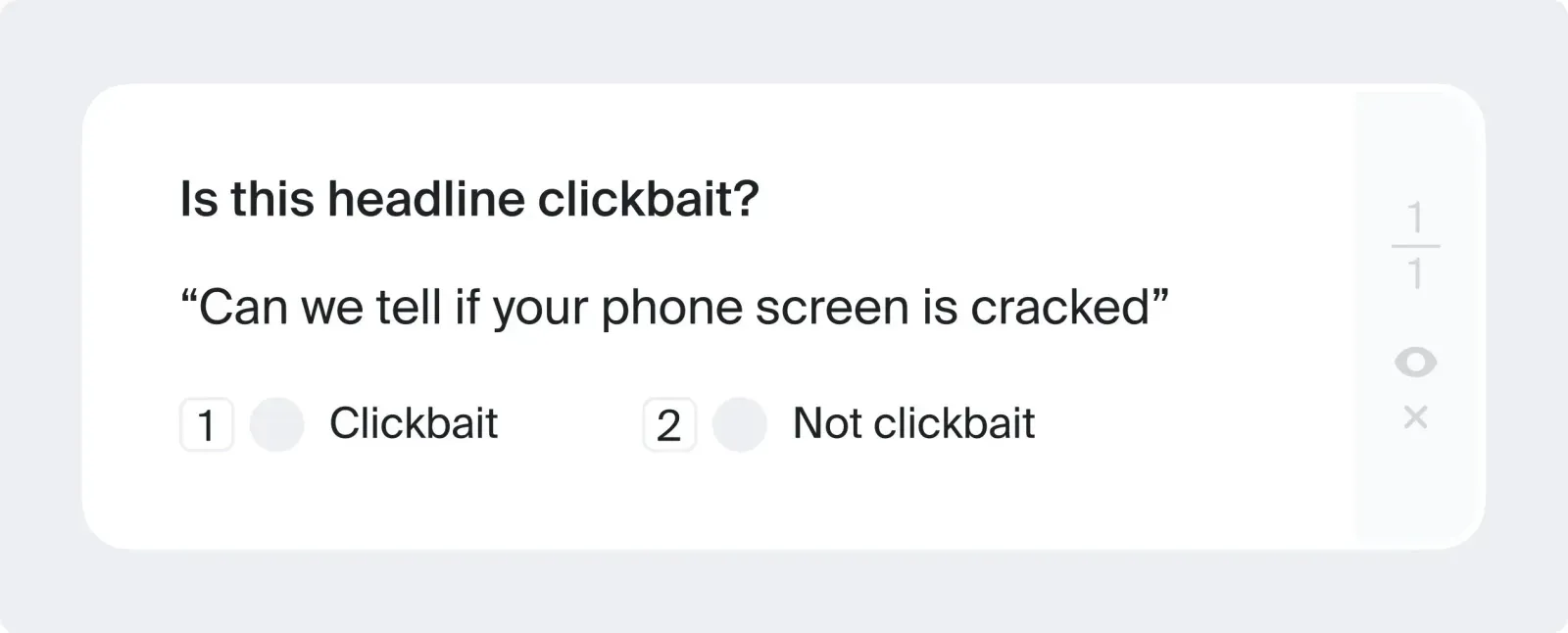
Your AI is only as good as your data. If your model is trained on inaccurate, incomplete, or biased data, those shortcomings will surface in its performance, sooner or later. This is why data annotation isn't merely technical—it's a quality control layer essential to building effective and superior AI systems in the tremendous global AI market.

Rise of Data Annotation Platforms
As already mentioned, we need data—lots of it. Annotating massive datasets is no small feat, though. It's time-consuming, expensive, and labor-intensive. Accurately and consistently labeling 10,000 images for a vision model isn't just hard—it's often overwhelming for humans.
But data annotation is about more than labeling. Creating and managing robust datasets takes careful coordination. Human collaboration in annotation workflows is as complex as any team-based project. Even leveraging foundational models for assistance adds another layer of complexity.
Batch Auto-Annotation | Unitlab Annotate
As you can see, as in any complex pursuit, data annotation gets harder and harder to get right. Having seen the demand for processed data and understood the challenges in the space, smart people started to offer solutions in the shape of data annotation platforms.
Recognizing these challenges, innovators began building platforms to systematize and streamline the process. These data annotation platforms (or “data platforms”) make it easier for human annotators to focus on what matters—accurate, consistent labeling. Here’s what they typically offer:
- Human-in-the-loop (HITL) interfaces and productivity tools
- AI-assisted labeling to boost data annotation
- Bring-your-own-model (BYOM) functionality for specialized use cases
- Integrated QA pipelines for high annotation quality and consistency
- Support for diverse data formats (image, text, audio, video, 3D point clouds)
- Full dataset lifecycle management, including versioning and auditability
Commercially, these platforms have seen rapid success. Since Scale AI's launch in 2016, others have followed suit: V7 Labs and SuperAnnotate in 2018, Roboflow in 2020, and Unitlab in 2023, while receiving millions in funding from venture capitalists.
Unitlab Annotate supports all these functionalities
Why not Crowdsource?
If annotation is labor-intensive and seemingly straightforward, why not outsource it to the crowd?
You can—but it often isn’t ideal. Crowdsourcing platforms like Amazon Mechanical Turk and Toloka AI provide scalable on-demand access to annotators, but they generally lack domain expertise, robust QA processes, and enterprise-level security.
Annotation platforms, on the other hand, are purpose-built for data labeling. They offer advanced workflows, better comfort for annotators, and superior output. When annotation tasks require expert knowledge, handle complex or multi-modal data, or demand rigorous quality control, dedicated platforms outperform general crowdsourcing solutions.
In short, they offer what crowdsourcing can’t: structure, scalability, and quality assurance.
Review of Data Annotation Platforms
Here’s a snapshot of key players in the space:
- Scale AI: Enterprise-ready, MLOps-integrated platform with strengths in 3D and autonomous vehicle data.
- V7 Darwin: Offers ethical, human-centric annotation services. Known for its ease of use and strong visual data tooling.
- Roboflow Annotate: Emphasizes simplicity with no-code tools and strong visual annotation capabilities.
- Unitlab Annotate: Built for speed and affordability, with support for foundational models and automation.
For more comparisons, refer to our full platform review post:

Best Image Annotation Tools | Unitlab Annotate
And for those preferring full control, self-hosted open-source tools are an option. While not as robust as enterprise solutions, tools like CVAT and Label Studio provide flexibility—especially for students, researchers, or small teams. We have done a review of them as well:
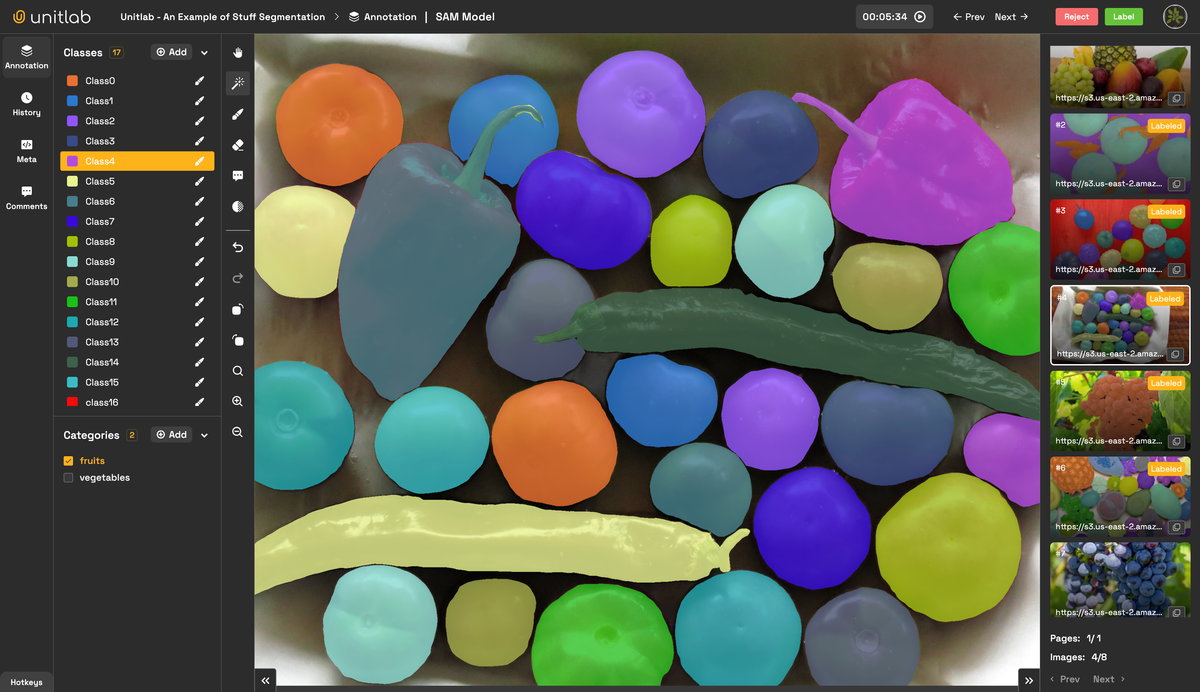
Open-Source Image Annotation Tools | Unitlab Annotate
Conclusion
Data annotation has moved from a peripheral task to a central pillar of AI development. As AI continues to expand into new industries and applications, the demand for diverse, high-quality labeled data will only intensify.
Platforms that blend automation, human input, scalability, and domain expertise will shape the next wave of AI innovation. Just as GPUs powered the rise of deep learning, annotation platforms are fast becoming the backbone of modern AI infrastructure.
Explore More
For more on data annotation platforms, check out these articles:
- The Comparison of Pricing between Data Annotation Platforms
- 7 Top Open-Source Image Annotation Tools of 2024 - Reviewed
- 12 Best Image Annotation Tools of 2024 - A Comprehensive Review
References
- The Sama Team (no date). Crowdsourcing Data Annotation: Benefits & Risks. Sama Blog: Link

